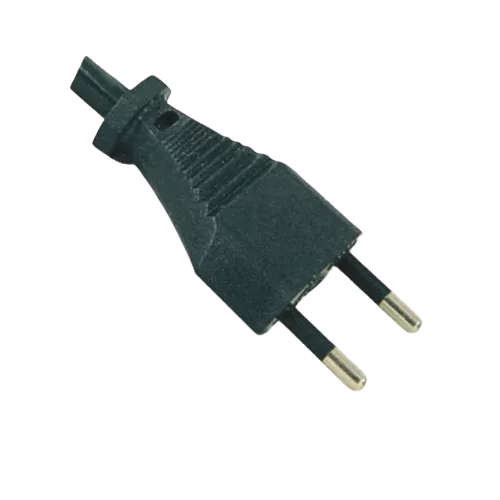Use Weatherproof Equipment: When selecting equipment for outdoor or wet environments, prioritize products explicitly engineered to withstand the rigors of such conditions. Look for power cords and devices with robust construction using materials resistant to corrosion, UV degradation, and moisture penetration. Consider factors such as cable flexibility, insulation quality, and sealing integrity to ensure long-term reliability in diverse weather conditions.
Keep Connections Elevated: Elevating power cords and connections above ground level is crucial for preventing water ingress and reducing the risk of electrical faults. Utilize elevated cable trays, conduits, or mounting brackets to maintain a safe distance between cords and wet surfaces. Implement cable management solutions that support proper routing and securing of cables, minimizing exposure to moisture and mechanical damage.
Use Ground Fault Circuit Interrupters (GFCIs): Incorporating GFCIs into outdoor electrical circuits is essential for enhancing safety and mitigating the risk of electric shock hazards. These devices continuously monitor the flow of current and automatically trip the circuit if they detect imbalances indicative of ground faults or leakage currents. Install GFCIs in outdoor outlets, junction boxes, and distribution panels to provide comprehensive protection against electrical hazards.
Inspect Regularly: Establish a systematic inspection regimen to assess the condition of power cords, plugs, outlets, and associated equipment in outdoor environments. Conduct visual inspections on a scheduled basis, paying close attention to vulnerable areas susceptible to environmental exposure, mechanical stress, or physical damage. Utilize specialized inspection tools, such as multimeters or thermal imaging cameras, to identify hidden defects or anomalies that may compromise electrical safety. Document inspection findings and promptly address any identified issues through repair, replacement, or maintenance actions.
Avoid Overloading Circuits: Preventing circuit overloading is essential for preserving electrical system integrity and minimizing fire risks in outdoor environments. Adhere to load capacity ratings specified by manufacturers and regulatory standards when connecting equipment and appliances to outdoor power sources. Distribute electrical loads evenly across available circuits to prevent overloading and voltage fluctuations, especially during peak demand periods or when operating high-power devices. Implement load shedding strategies or employ supplementary power sources, such as generators or battery backups, to manage temporary surges in power demand effectively.
Cover Unused Outlets: Shielding outdoor electrical outlets from environmental elements and physical damage is critical for maintaining operational integrity and safety. Utilize weatherproof outlet covers equipped with gaskets, seals, or hinged lids to protect against moisture ingress, dust accumulation, and debris intrusion. Ensure that outlet covers securely fasten to outlet boxes or receptacles, providing a reliable barrier against adverse weather conditions and unauthorized access.
Use Outdoor-Rated Extension Cords: Deploying extension cords specifically designed for outdoor use is essential for extending power distribution in challenging environments while ensuring compliance with safety standards. Choose extension cords with durable jackets, heavy-duty insulation, and reinforced connectors engineered to withstand exposure to moisture, temperature variations, and mechanical stress. Select extension cords with sufficient length and current-carrying capacity to accommodate the power requirements of connected devices and appliances without compromising safety or performance.
Y2-16 Italian/UK standard power cord



 English
English عربى
عربى











